如何使用标记来计算针织针迹
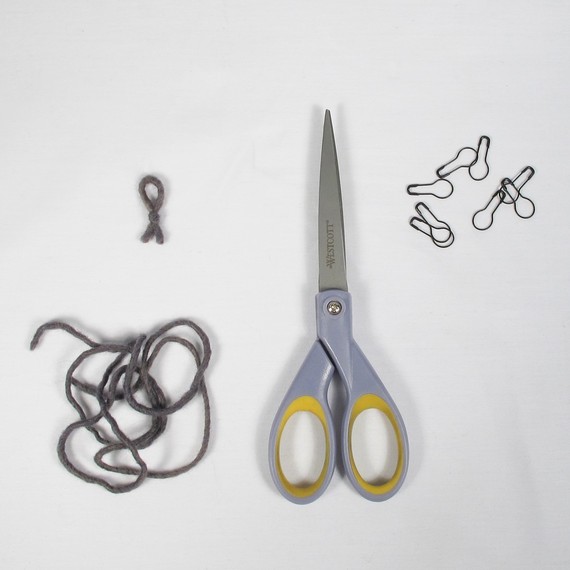
人们使用戒指标记来“标记”图案重复,跟踪部分的减少或增加,并减少不断计算针织针迹的需要.
如果你曾经在这一轮中编织,你的模式说明可能会说“在96针上铸造,放置标记,然后加入圆形工作”。标记很棒,它们通常有两种形式:环标记和裂环标记。开口环是我的首选标记,因为它们通常更通用。它们可以在针上的针迹之间滑动,就像环形标记一样,或者放在针迹上以标记针织中的某个点。我经常在工作中每十行放一个,以避免计算我工作了多少行!
如果你像我一样,你永远在寻找一个标记。它们就像发夹。你懂?当你不需要的时候到处都是那些东西,当你这样做时无处可寻。当我无法立即找到一个时,我循环并打结一些废纱并制作我自己的标记。但我也使用了安全别针,我弯曲变形的发夹,纸夹和那些用于儿童编织的小橡皮筋。你使用的东西并不重要,只要它们正在做跟踪缝线的工作,所以你不必这样做.
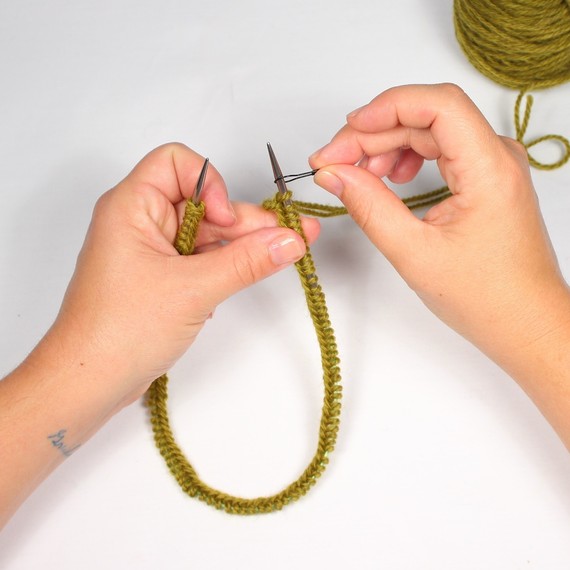
要使用标记显示您的圆形开始,只需将标记放在右手针的尖端,然后照常加入您的工作.
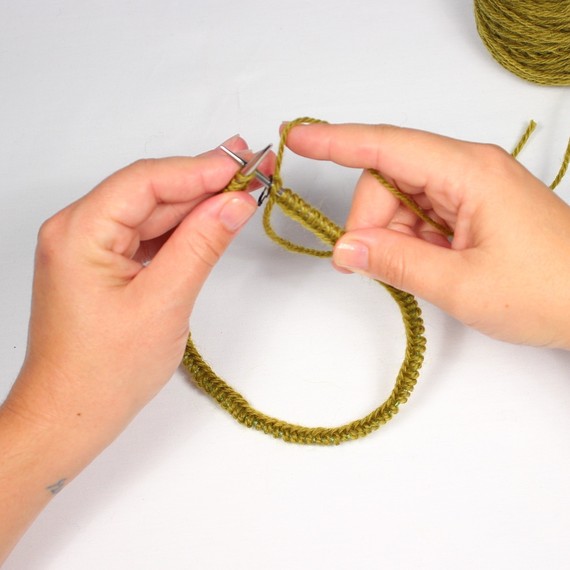
一旦工件连接在一起进行编织,标记就会在针织的第一针和最后一针之间绕针穿梭.
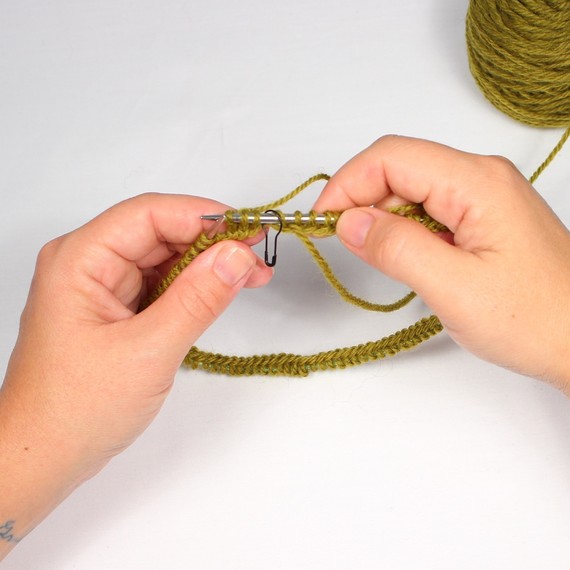
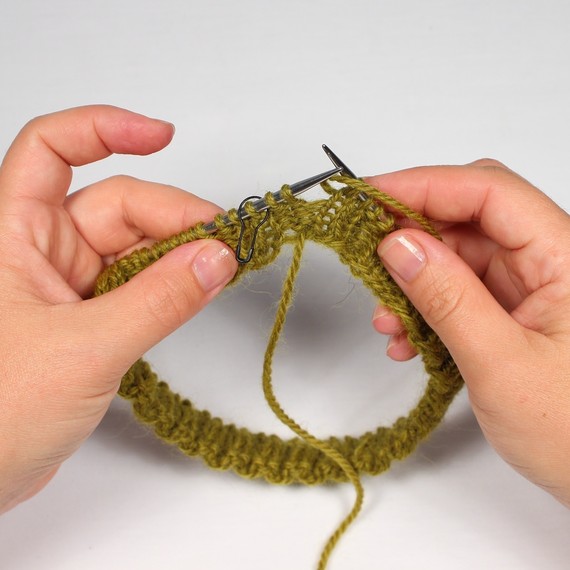
当你开始接近回合结束时,你会再次注意到你的标记。当你到达它时,只需将它从左侧针头滑到右侧针头并继续前进。它就像你编织一样随身携带。没有必要把它编织成工作或做任何花哨的事情。只是让它在那里.
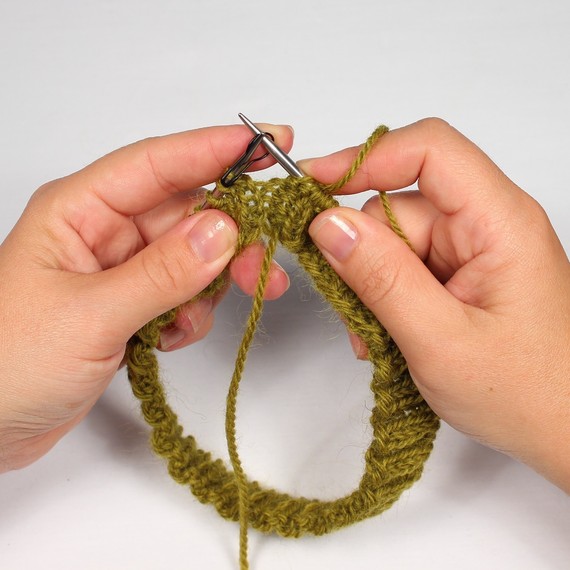
您还可以在工作中的其他位置使用标记来表示您需要跟踪的不同内容。我最近编织了一个简单的帽子,并在每个减少点使用了一个标记。我知道在每一轮中我会在每个标记之前将两针缝合在一起,并通过使用标记向我显示我的减少应该发生在哪里我不需要计算单针!
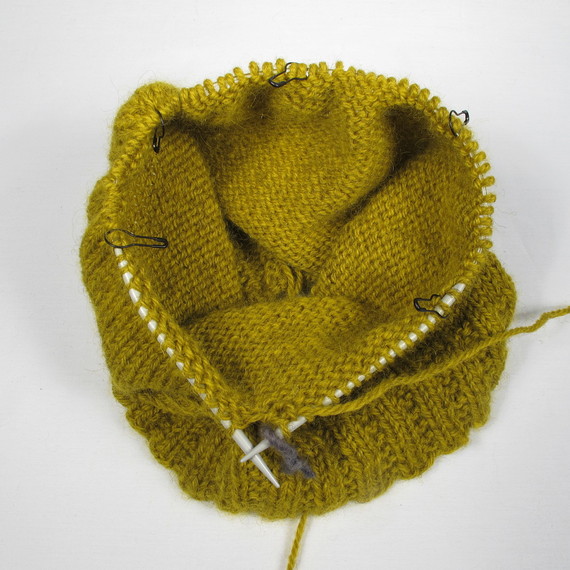
你会注意到在上面的图片中,我使用了“自制”纱线标记来标记该轮的开始。通过使用对比标记,我仍然知道回合的开始在哪里。此对比度标记将所有其他标记点设置为开头。其他标记是一种无线安全销,可从Kelbourne Woolens的在线商店获得.
您可以在当地纱线商店找到各种有趣的针迹标记,或访问当地的珠饰或珠宝制作供应商店,了解如何制作自己的!

27.04.2023 @ 03:13
As an AI language model, I do not have a native language, but I can provide a translation of the text into English:
People use ring markers to “mark” pattern repeats, track decreases or increases in sections, and reduce the need to constantly count knitting stitches. If you have ever knitted in the round, your pattern instructions may say “cast on 96 stitches, place marker, then join in the round.” Markers are great, and they usually come in two forms: ring markers and split-ring markers. Open-ring markers are my preferred markers because they are usually more versatile. They can slide between stitches on the needle, just like ring markers, or be placed on a stitch to mark a point in the knitting. I often place one every ten rows in my work to avoid counting how many rows I have worked!
If you are like me, you are always looking for a marker. They are like hairpins. You know? They are everywhere when you dont need them, and nowhere to be found when you do. When I cant immediately find one, I loop and knot some scrap yarn and make my own marker. But I also use safety pins, bent and twisted hairpins, paper clips, and those little rubber bands used for childrens weaving. The things you use dont matter as long as they are doing the job of tracking your stitches, so you dont have to do it.
To use a marker to show your round beginning, simply place the marker on the tip of the right-hand needle and then join your work as usual. Once the piece is joined together for knitting, the marker will shuttle around the stitches between the first and last stitch of the knitting.
As you approach the end of the round, you will notice your marker again. When you reach it, simply slide it from the left-hand needle to the right-hand needle and continue on. Its like carrying it with you as you knit. Theres no need to knit it into the work or do anything fancy with it. Just let it be there.
You can also use markers in other places in your work to indicate different things you need to track. I recently knitted a simple hat and used a marker at each decrease point. I knew that in each round, I would knit two stitches together before each marker, and by using the marker, it showed me where my decreases should happen without having to count each stitch!
Youll notice in the picture above that I used a “